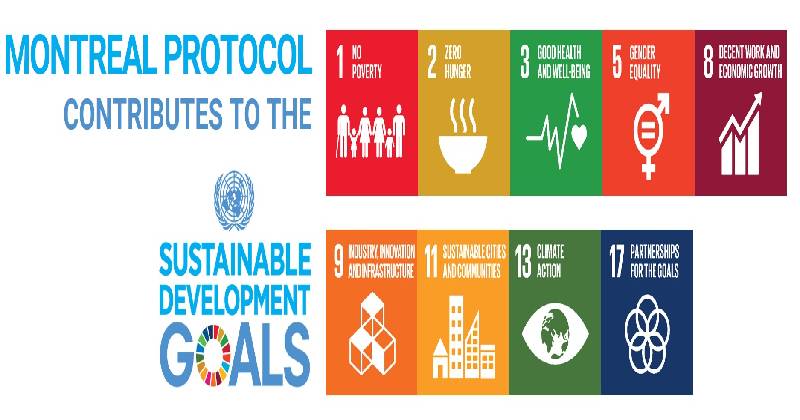
The ozone depletion has grown considerably to become larger than 75% of the ozone holes in the same season in 1979. Every spring, a hole in the ozone layer forms over the South pole due to human interventions and chemicals. This year, the ozone hole that developed showed similar depletion rates in the start of this season, but the depletion grew strikingly in the last two weeks.
European Space Agency (ESA) has released the data showing a map of the ozone layer with a hole larger than Antarctica in the Southern hemisphere, on 16th September 2021. The ozone hole that’s located over populated regions put people under the risk of being exposed to harmful radiations from the Sun. The unhealthy levels of ultraviolet radiations can cause several skin conditions and serious diseases to those who are exposed. These radiations are usually filtered and absorbed by the ozone layer before it reaches the Earth.

Copernicus Atmosphere Monitoring Service (CAMS) regularly monitors the ozone layer and tracks the depletion to analyse the damage that’s caused by chemical destruction each year. The Director of CAMS, Vincent-Henri Peuch, stated that the hole might continue to develop and become larger over the next three weeks. The depletion rates of this year were very similar to last year’s hole formation, until the start of September, when it grew larger to become the longest-lasting ozone hole in CAMS’s data records.
A number of chemicals that are used commonly like chloro-fluorocarbons (CFCs) and hydrochlorofluorocarbons (HCFCs) are extremely damaging to the ozone layer. The Montreal Protocol which outlawed a group of chemicals called halocarbons was signed in 1987 to limit the emission of chemicals that contains bromine for which the ozone-depleting potential is very high.

Post Your Comments